Recipe: Mont Blanc pavlova
***Rachel Khoo would like to thank all the inspiring people who helped make the Khoollect studio a hive of creativity. Although the Khoollect studio’s doors have now closed, you can keep up with Rachel’s newest adventures on RachelKhoo.com and on Rachel’s Instagram and Facebook pages – and, continue to enjoy the Khoollect website’s stories and recipes, which will remain available.***
Preheat the oven to 180°C (350°F) and line a baking tray with baking paper.
Using a freestanding mixer or electric beaters, whisk the egg whites until they have tripled in volume and stiff peaks form. Turn the speed down to low and slowly add the sugar, one tablespoon at a time, until it is well-incorporated.
Stir through the cornflour, vinegar and cocoa. Finally, stir through the chopped chocolate.
Spoon the pavlova mixture onto the baking tray, and spread into a circle shape. Use a palette knife to shape the sides of the pavlova and to flatten the top (so the topping will not slide off later).
Place the pavlova into the oven and immediately turn the temperature down to 150°C (300°F). Bake for 1 hour and 15 minutes. Turn off the oven (but don’t open the door) and leave the pavlova to cool and dry in the oven with the door closed.
To make the chestnut purée, place the chestnuts, milk, vanilla extract and rum into a medium saucepan. Simmer gently until the chestnuts have softened, and most of the milk has been absorbed.
Take the pan off the heat and mash the chestnuts with a potato masher until you have a smooth purée – you might need to add some more milk if the mixture is too thick. Return the pan to the heat, stir through the sugar, and cook for a few minutes until the mixture binds together. Set aside to cool.
Just before serving, whip the cream until soft peaks form.
To assemble, place a generous layer of the chestnut purée on top of the pavlova. To achieve the characteristic noodle strands, you will need to pipe the mixture using a spaghetti or grass nozzle (some countries sell a nozzle specifically for chestnut purée, or you can achieve a similar effect by pushing the chestnut purée through a potato ricer). If you don’t have a special nozzle or potato ricer, simply spread the chestnut purée over the pavlova using a palette knife.
To decorate, top the purée with a dollop of whipped cream and grate over some dark chocolate.
Preheat the oven to 180°C (350°F) and line a baking tray with baking paper.
Using a freestanding mixer or electric beaters, whisk the egg whites until they have tripled in volume and stiff peaks form. Turn the speed down to low and slowly add the sugar, one tablespoon at a time, until it is well-incorporated.
Stir through the cornflour, vinegar and cocoa. Finally, stir through the chopped chocolate.
Spoon the pavlova mixture onto the baking tray, and spread into a circle shape. Use a palette knife to shape the sides of the pavlova and to flatten the top (so the topping will not slide off later).
Place the pavlova into the oven and immediately turn the temperature down to 150°C (300°F). Bake for 1 hour and 15 minutes. Turn off the oven (but don’t open the door) and leave the pavlova to cool and dry in the oven with the door closed.
To make the chestnut purée, place the chestnuts, milk, vanilla extract and rum into a medium saucepan. Simmer gently until the chestnuts have softened, and most of the milk has been absorbed.
Take the pan off the heat and mash the chestnuts with a potato masher until you have a smooth purée – you might need to add some more milk if the mixture is too thick. Return the pan to the heat, stir through the sugar, and cook for a few minutes until the mixture binds together. Set aside to cool.
Just before serving, whip the cream until soft peaks form.
To assemble, place a generous layer of the chestnut purée on top of the pavlova. To achieve the characteristic noodle strands, you will need to pipe the mixture using a spaghetti or grass nozzle (some countries sell a nozzle specifically for chestnut purée, or you can achieve a similar effect by pushing the chestnut purée through a potato ricer). If you don’t have a special nozzle or potato ricer, simply spread the chestnut purée over the pavlova using a palette knife.
To decorate, top the purée with a dollop of whipped cream and grate over some dark chocolate.
Preheat the oven to 180°C (350°F) and line a baking tray with baking paper.
Using a freestanding mixer or electric beaters, whisk the egg whites until they have tripled in volume and stiff peaks form. Turn the speed down to low and slowly add the sugar, one tablespoon at a time, until it is well-incorporated.
Stir through the cornflour, vinegar and cocoa. Finally, stir through the chopped chocolate.
Spoon the pavlova mixture onto the baking tray, and spread into a circle shape. Use a palette knife to shape the sides of the pavlova and to flatten the top (so the topping will not slide off later).
Place the pavlova into the oven and immediately turn the temperature down to 150°C (300°F). Bake for 1 hour and 15 minutes. Turn off the oven (but don’t open the door) and leave the pavlova to cool and dry in the oven with the door closed.
To make the chestnut purée, place the chestnuts, milk, vanilla extract and rum into a medium saucepan. Simmer gently until the chestnuts have softened, and most of the milk has been absorbed.
Take the pan off the heat and mash the chestnuts with a potato masher until you have a smooth purée – you might need to add some more milk if the mixture is too thick. Return the pan to the heat, stir through the sugar, and cook for a few minutes until the mixture binds together. Set aside to cool.
Just before serving, whip the cream until soft peaks form.
To assemble, place a generous layer of the chestnut purée on top of the pavlova. To achieve the characteristic noodle strands, you will need to pipe the mixture using a spaghetti or grass nozzle (some countries sell a nozzle specifically for chestnut purée, or you can achieve a similar effect by pushing the chestnut purée through a potato ricer). If you don’t have a special nozzle or potato ricer, simply spread the chestnut purée over the pavlova using a palette knife.
To decorate, top the purée with a dollop of whipped cream and grate over some dark chocolate.








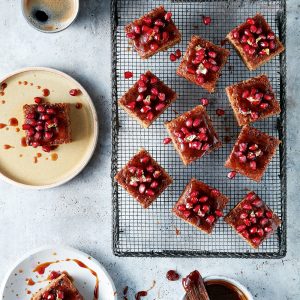
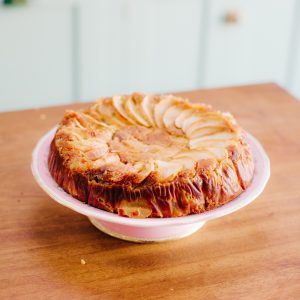
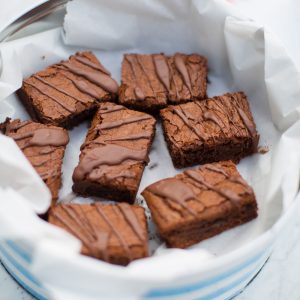
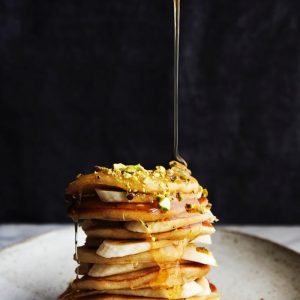
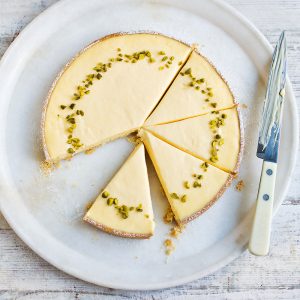
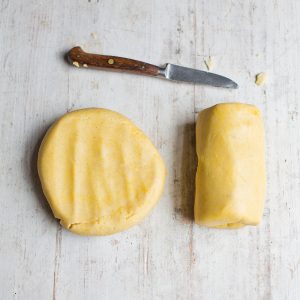

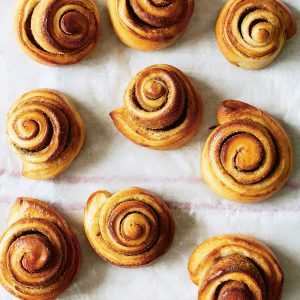
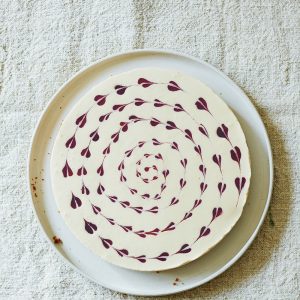
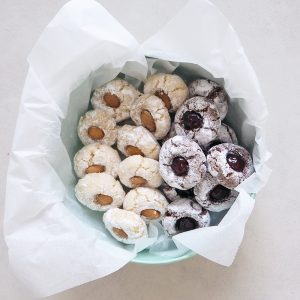
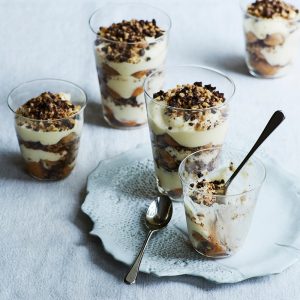
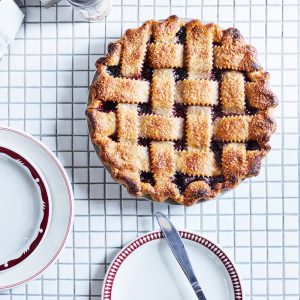
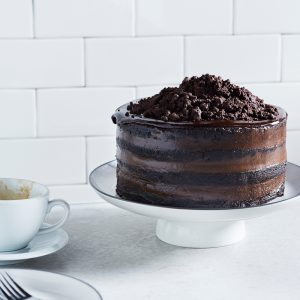
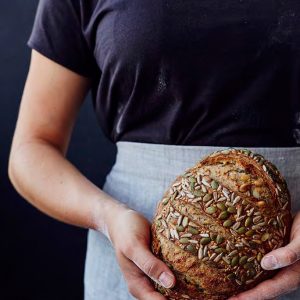
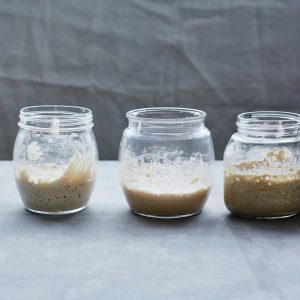
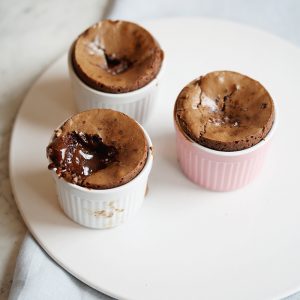
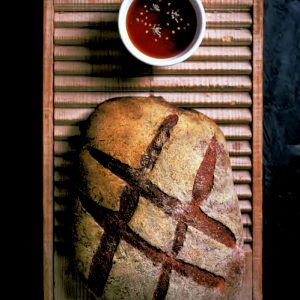
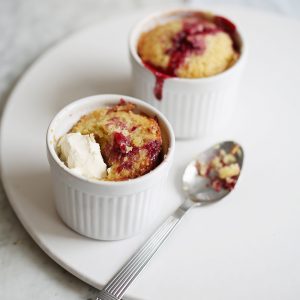
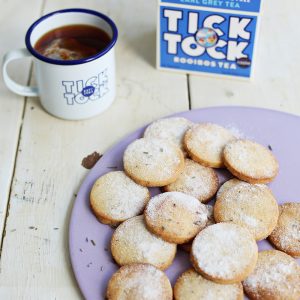
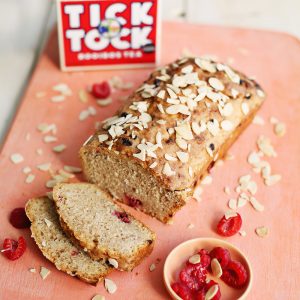
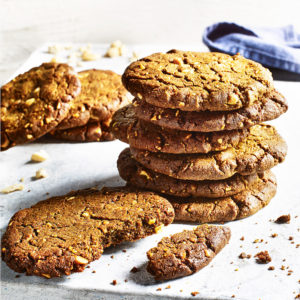
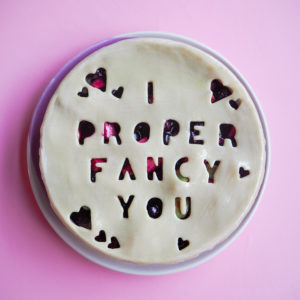
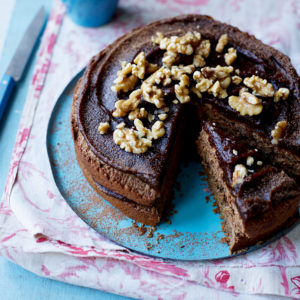
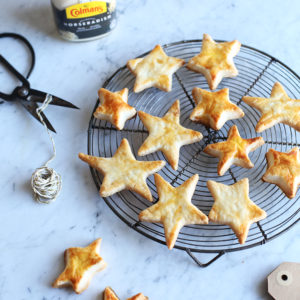
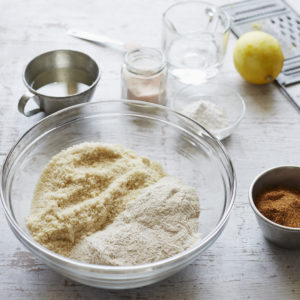
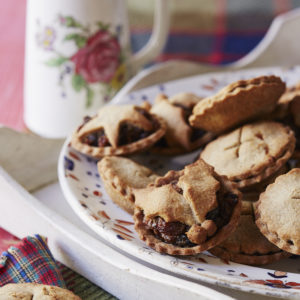
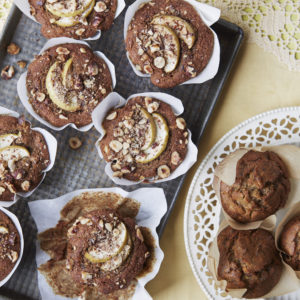
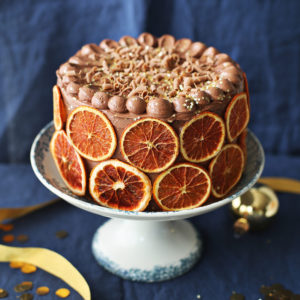
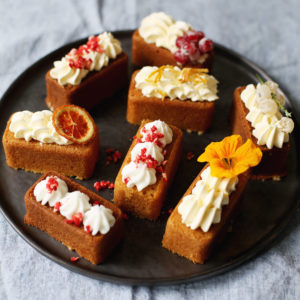
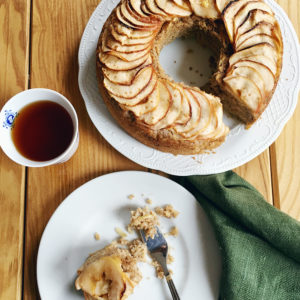
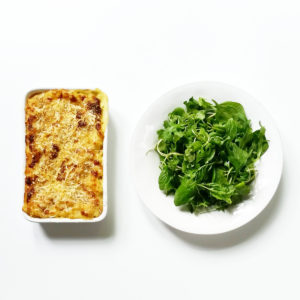
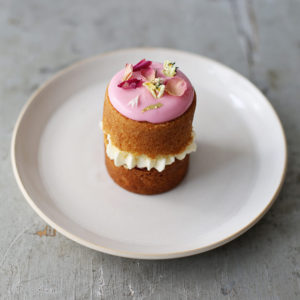
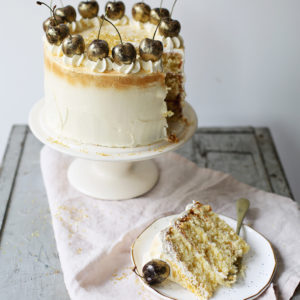
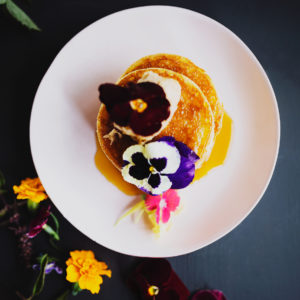



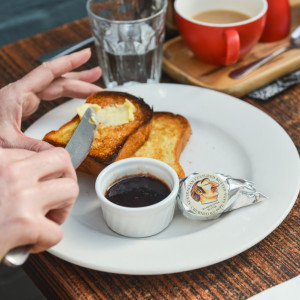
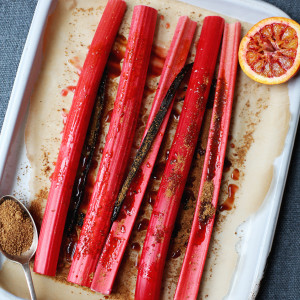
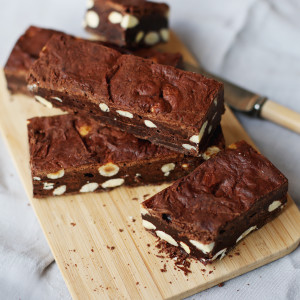

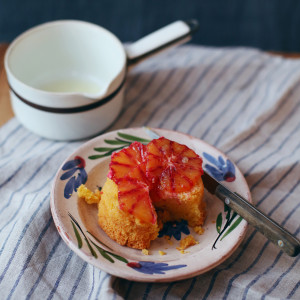
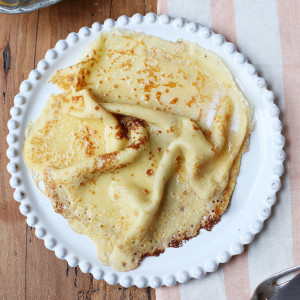
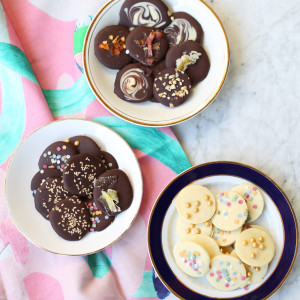
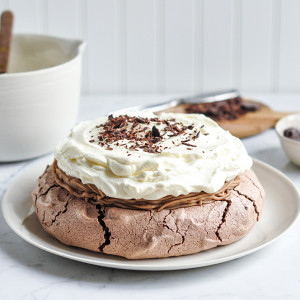
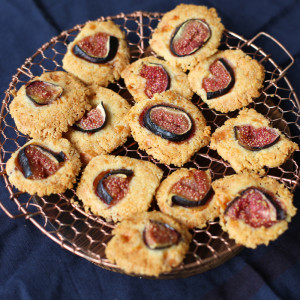
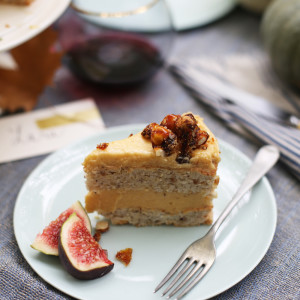

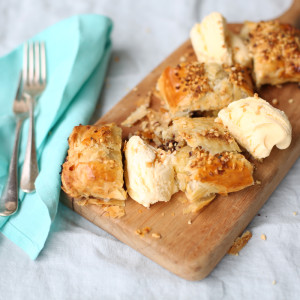
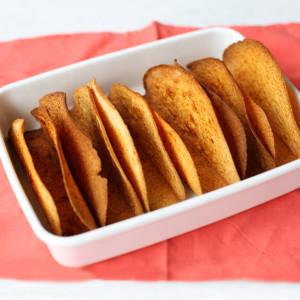
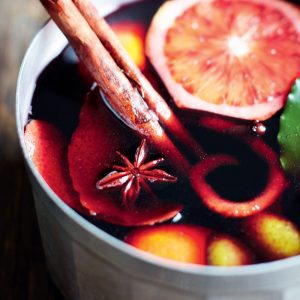
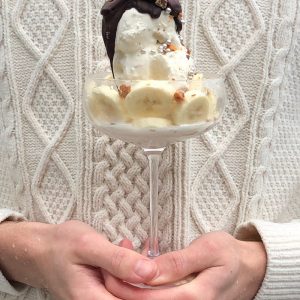

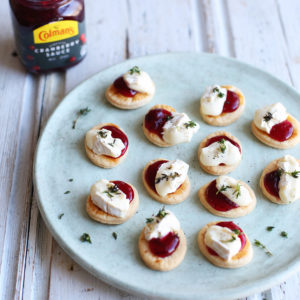
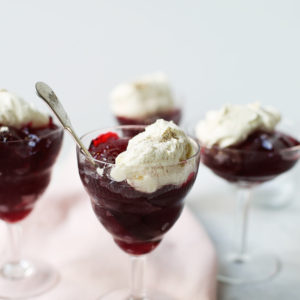
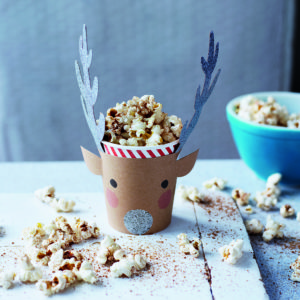
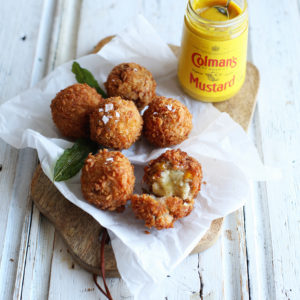
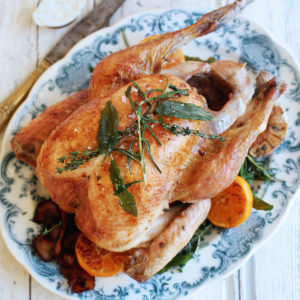
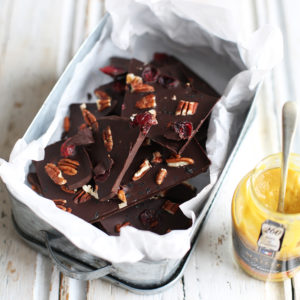
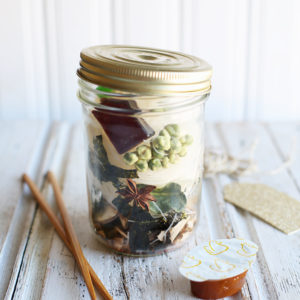
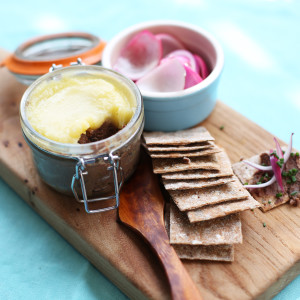

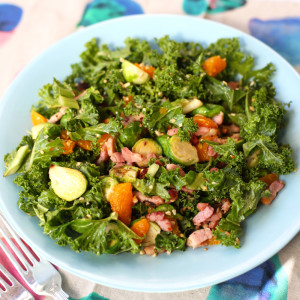
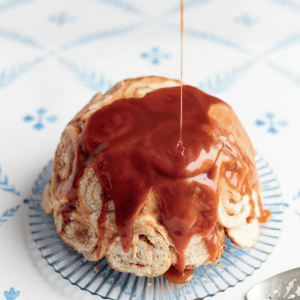
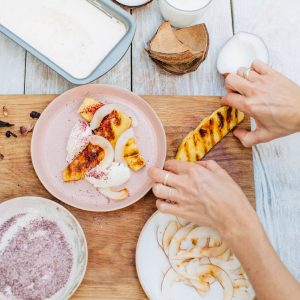
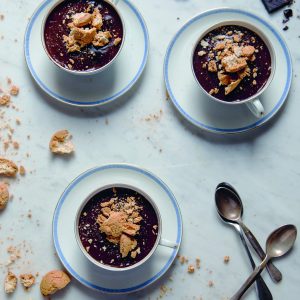
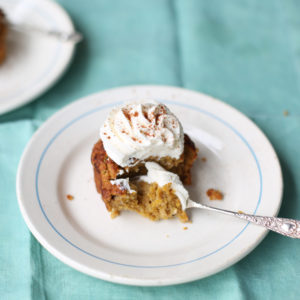
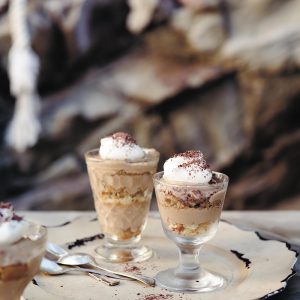
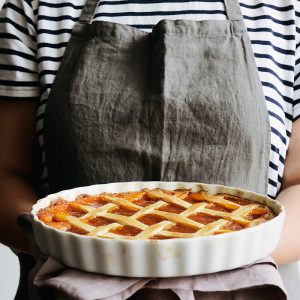
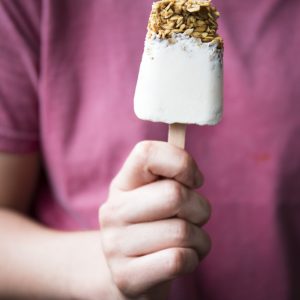
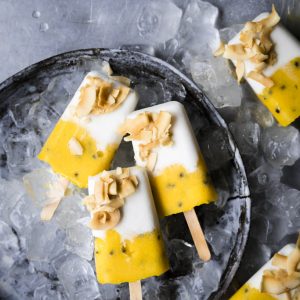

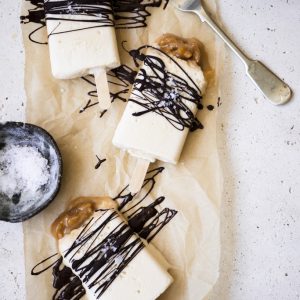
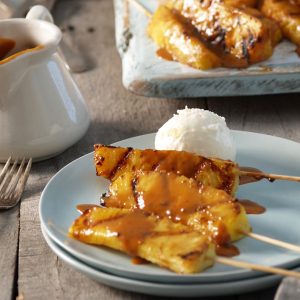
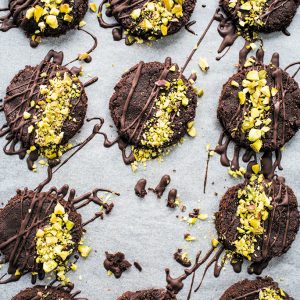

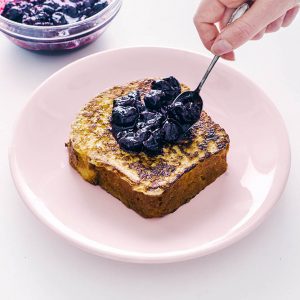

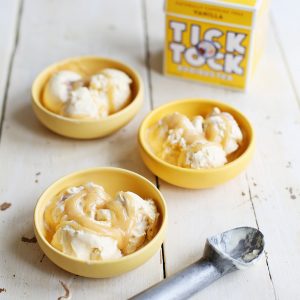
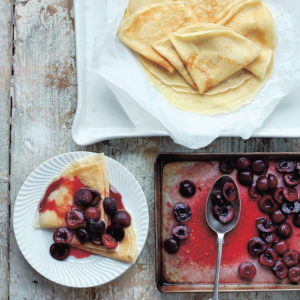
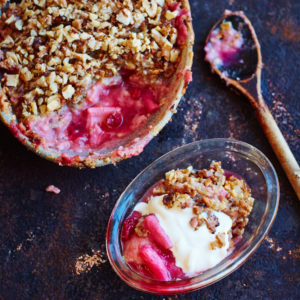

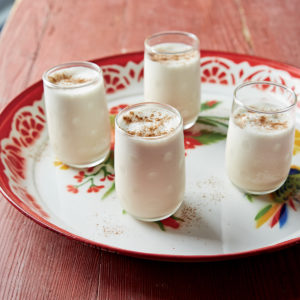
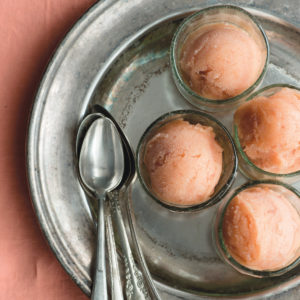
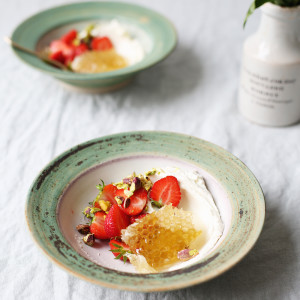
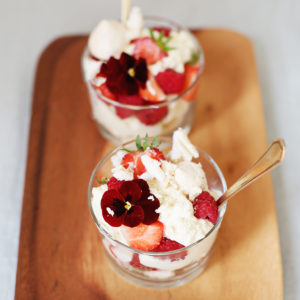
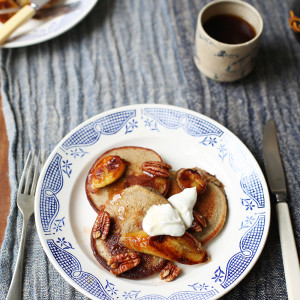
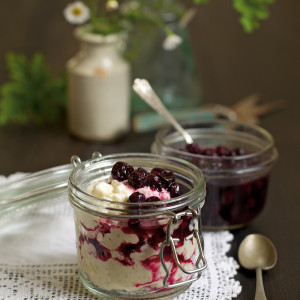
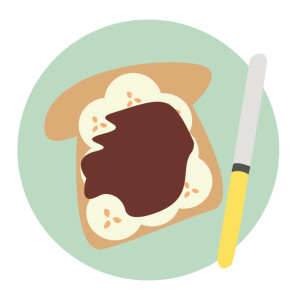

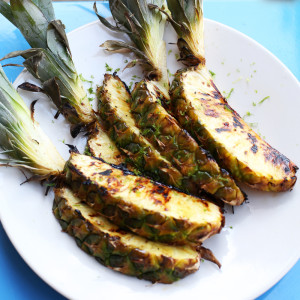
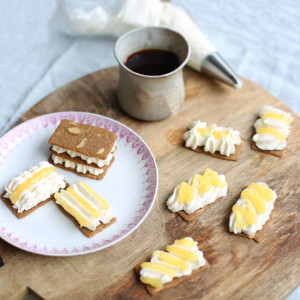
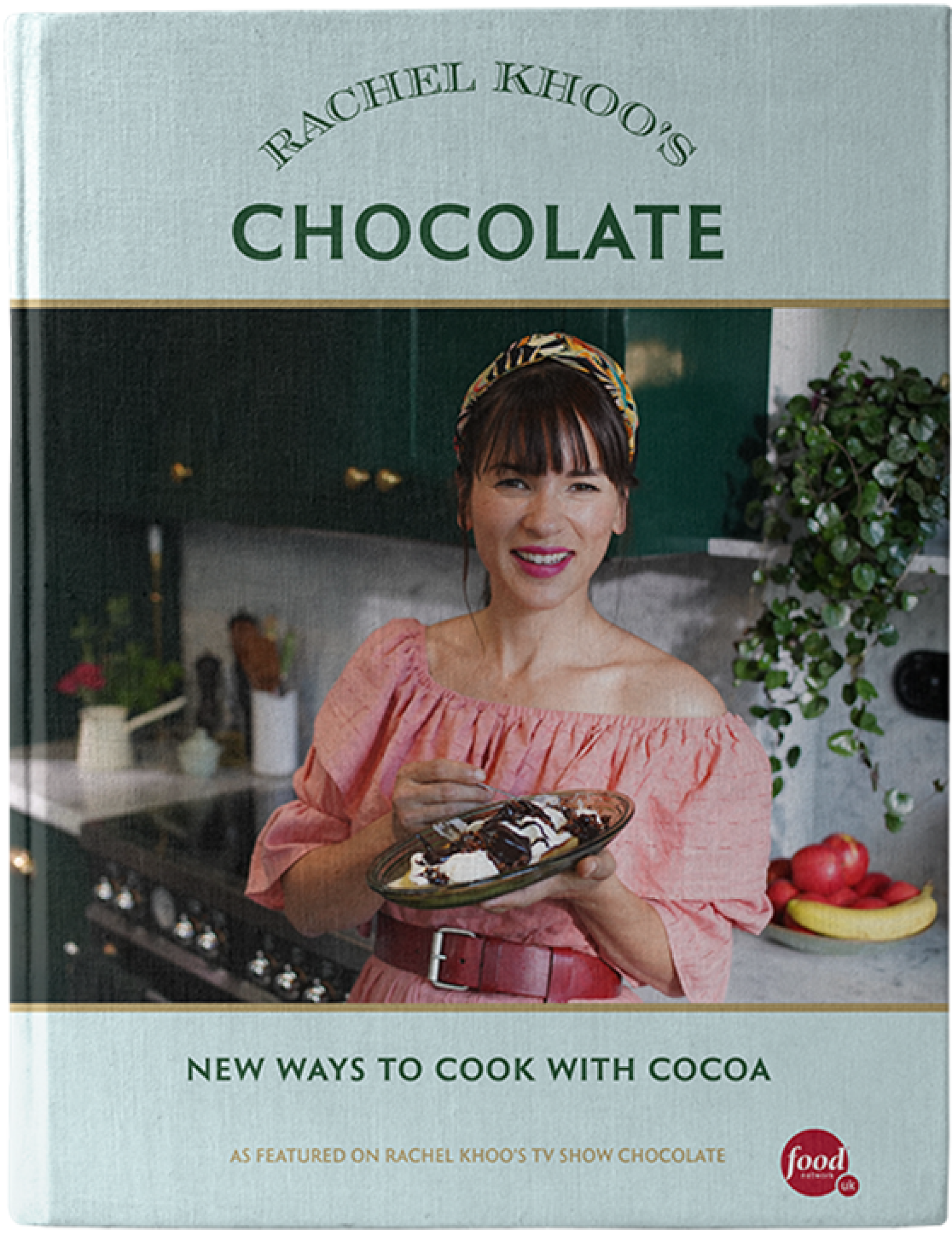
[…] The recipe is detailed below and is also featured over at Khoollect. […]